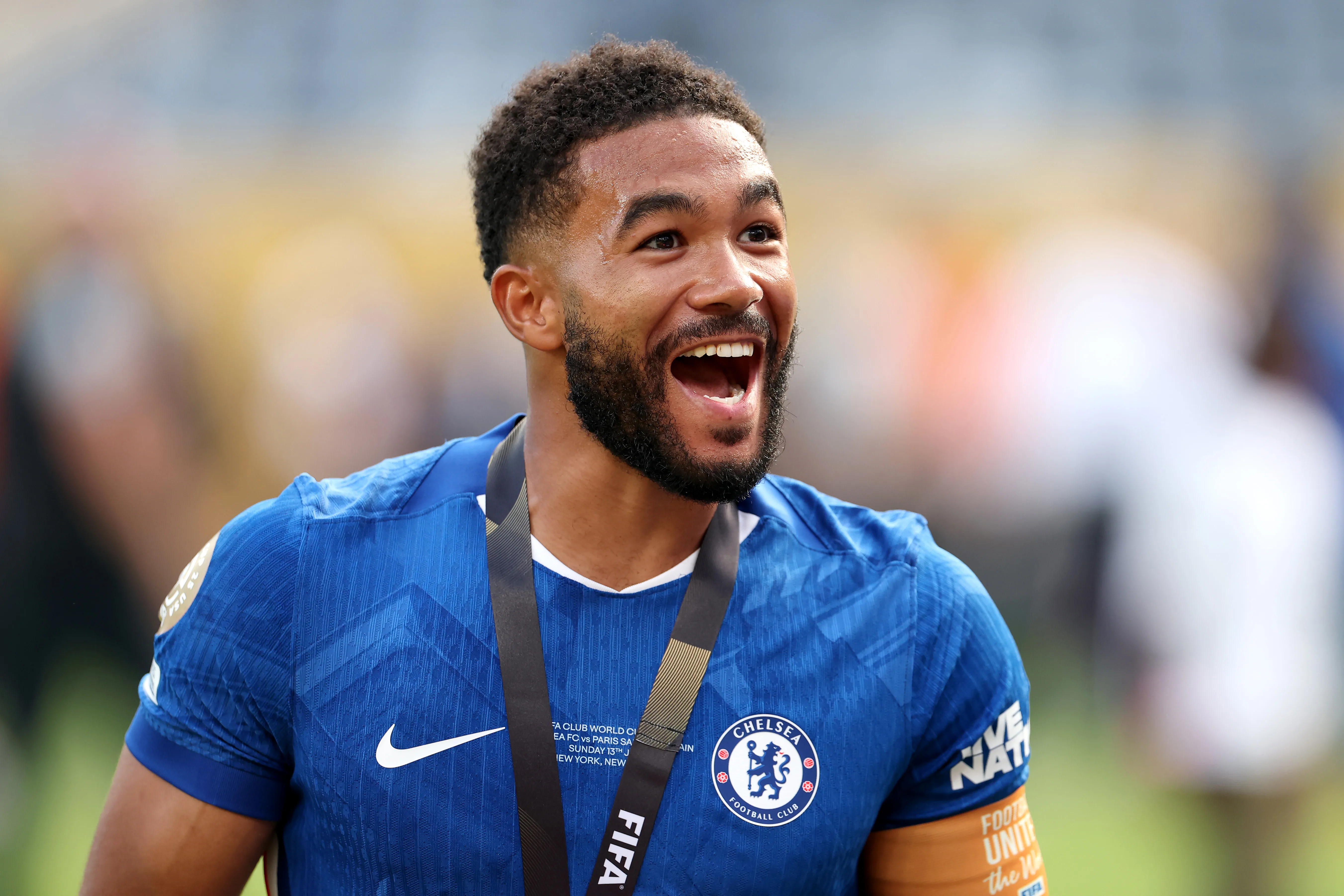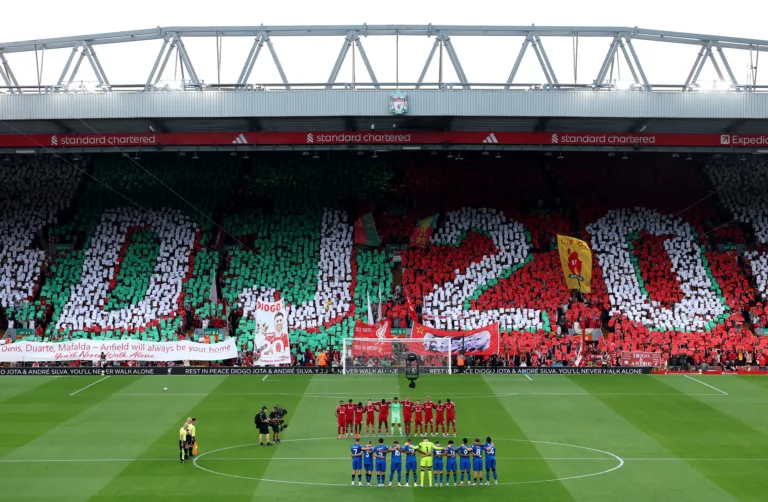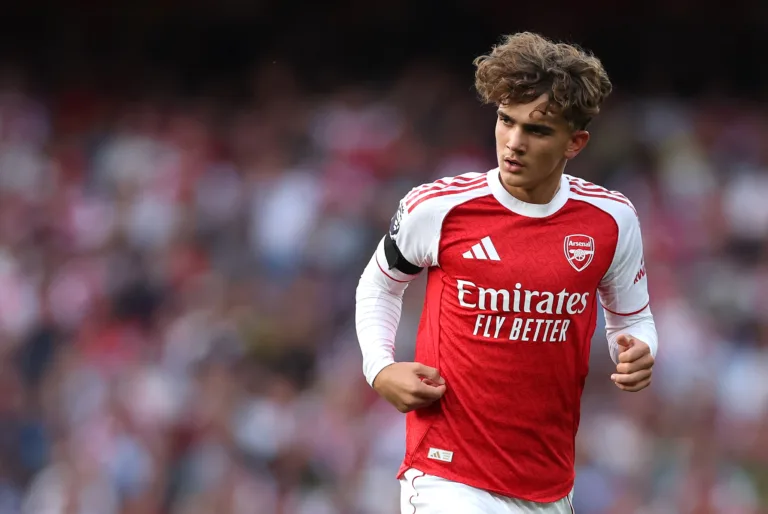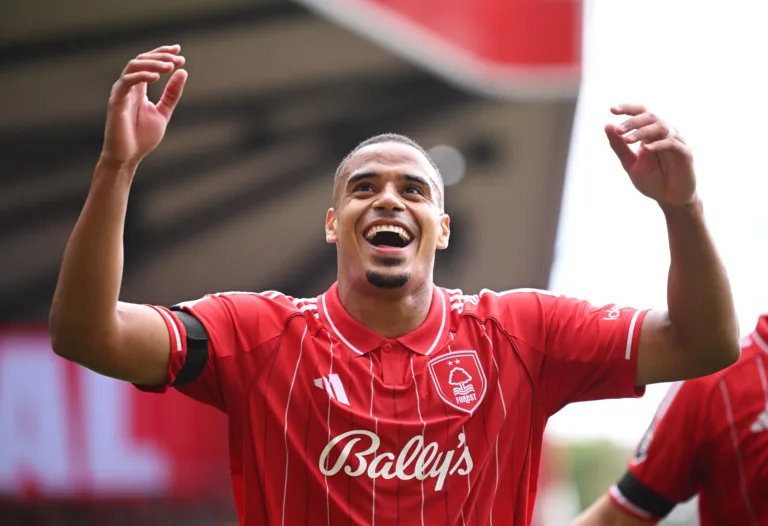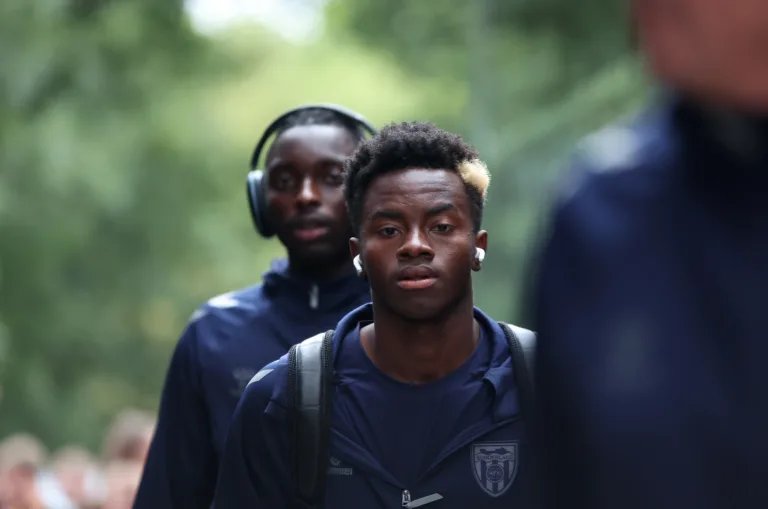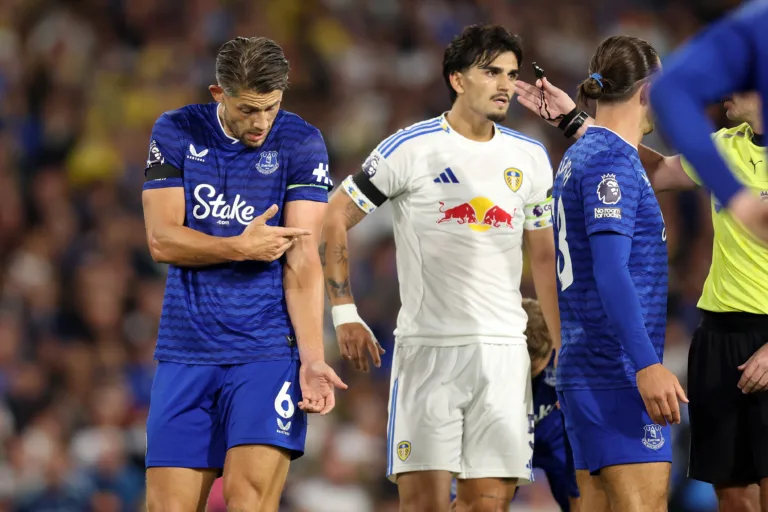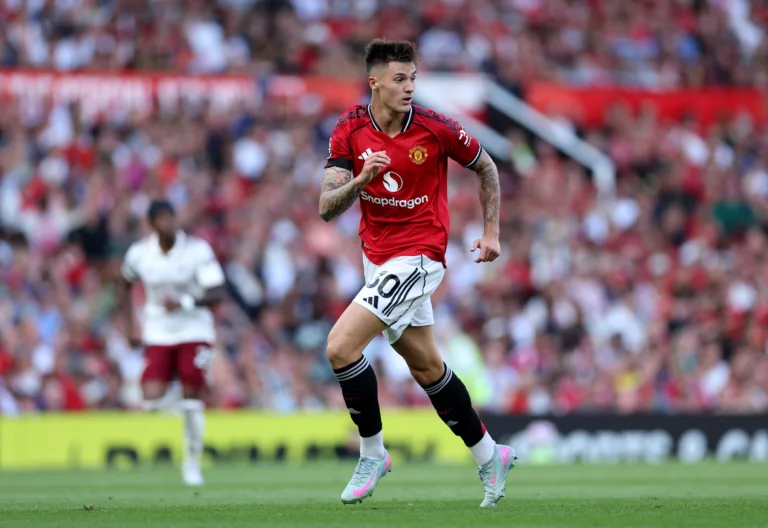Reece James: Built for Battle, Born for Blue—From Cobham Roots to Global Glory
Leadership is often loud. It is the steely pre-match glare, the clenched fist, and the many claps and shouts to encourage teammates. But not all captains lead with noise. Some lead with presence, some lead with scars, and some, like Reece James, lead with silence—the kind forged through years of grit and growth beyond the glamour of Stamford Bridge.
In a league that increasingly relies on big-money signings, Reece James represents a refreshing return to homegrown leadership, from his quiet beginnings at Cobham to becoming the youngest Chelsea captain since John Terry.
Today, he dons the armband at Chelsea. To the casual fan, it seems inevitable—a strong right-back, an academy graduate, and an England international—but beyond the stats and accolades, his leadership has mainly developed through a single formative loan, recurring injury setbacks, and a pattern of quiet, internal development that speaks to character more than headlines.
A Boy From Cobham
Reece James exemplifies the rare success of Chelsea’s grassroots in a club more often driven by its aggressive transfer strategy. Cobham, Chelsea’s famed youth academy, has nurtured talent for years, but few have embodied its ethos as fully as James. Joining the academy at just six years old, he preceded the popularisation of the term “Cobham graduate.”
He was never the loudest voice in the ranks. While others shined in viral highlight reels, Reece built his game by refining his positioning, developing a cultured right foot, and maturing into a physically dominant presence. His development was not meteoric—it was methodical.
Forged at Wigan
The real test for James, like many Cobham graduates, came away from Stamford Bridge. In the 2018/19 season, Chelsea loaned him to Wigan Athletic, a Championship club battling relegation. It could have been a forgotten chapter.
Instead, he flourished—playing centre-back, right-back, and central midfield. At just 19, James made a squad-high 45 Championship appearances and captained a team of battle-hardened professionals. He was selected in the Championship squad of the season, won Goal of the Season, and was voted Player of the Season by both teammates and fans of Wigan.
Paul Cook, his manager during his loan at Wigan Athletic, praised his diligence and his ability to play across positions without complaint:
“I think Reece knew when he came to Wigan that it would be a learning year. Not once was he in my office regarding anything. I don’t think he missed a single training day during the year. He could play any position on the pitch and be a standout player.”
That grueling Championship campaign was far from glamorous, but it grounded him. It gave James a firsthand experience of struggle, expectation, and responsibility.
When he returned to Chelsea, he was more than a right-back; he was a leader ready to step up. With Chelsea under a transfer ban, there was no soft landing, and when the opportunity came knocking, James not only responded, but he also kicked the door off its hinges.
Setbacks, Scars, and Silent Battles
His rise was far from smooth. It began with little knocks, hamstring strains, and knee soreness, but injuries soon became recurring. It seemed like every time supporters started to dream, the news would come in: Reece James would be out for six weeks.
Social media grew impatient, and critics questioned his fitness. In an interview with Sky Sports, James revealed:
“The footballing world knew I got injured, but the procedure I would go down this time took slightly longer to figure out the best solution.” I had surgery today to try to fix my recurring hamstring issue. The recovery has started, both physically and mentally. Since this injury, I’ve had a good amount of support but significantly more hate and negativity.”
His injuries were ill-timed, not just the result of bad luck. The 2022/2023 season was brutal. A knee injury during a Champions League win at Milan ruled him out of the 2022 World Cup in Qatar. The hamstring injury and recurrence followed. Behind those absences were psychological hurdles—months of rehab and lonely gym sessions. The public often forgets that perseverance is just as fundamental to leadership as physical presence. And James has it in abundance.
The Captaincy: Symbol and Responsibility
Captaincy is more than a title; it is a burden. You are the voice in the press room after a defeat, the example in training, and the welcoming figure for new players in the dressing room. Chelsea’s recent seasons have been turbulent, marked by managerial changes and inconsistent form. Through it all, Reece James has been tasked with providing calm.
Amid a sweeping rebuild in the summer of 2023, Mauricio Pochettino officially named Reece James as the club captain. The decision sparked debate, not due to his undeniable talent but rather concerns over his fitness and availability—could a captain lead from the treatment room?
Pochettino had a different perspective. He believed that leadership was not just about volume or visible authority but also about serving as a consistent and reliable point of reference for the team. In James, he identified a player whose influence extended beyond the pitch.
Reece James leads not with dramatic speeches, but with calm authority, tactical intelligence, and the trust of teammates who have followed his journey from the inside. His leadership style may seem different in a locker room once dominated by legends like Frank Lampard, Didier Drogba, and John Terry, but it is no less effective.
What Reece James Represents
In an era where footballers switch clubs as often as kits, Reece James represents something increasingly rare: loyalty and roots. Reece James embodies the essence of Chelsea. When he plays, even in glimpses, the quality is undeniable. He remains one of Europe’s best ball-striking defenders, trusted to lock down elite attackers, and is the first name fans want to see on every starting lineup sheet.
Reece James has successfully transitioned from a boy to a man, from a prospect to a professional. He understood the significance of the badge, having worn it since his childhood. He is the blueprint for a modern leader: homegrown, tactically versatile, humble yet authoritative. He may not yet have lifted the Premier League as captain, but he has unquestionably earned his leadership role.
His recent lifting of the inaugural expanded Club World Cup, following a commanding 3–0 final win over PSG, was more than a ceremonial gesture; it was emblematic of what he represents. Beneath the glare of the New York lights, standing beside U.S. President Trump, James wasn’t just lifting the trophy; he stood as a symbol of resilience, leadership, and ambition.
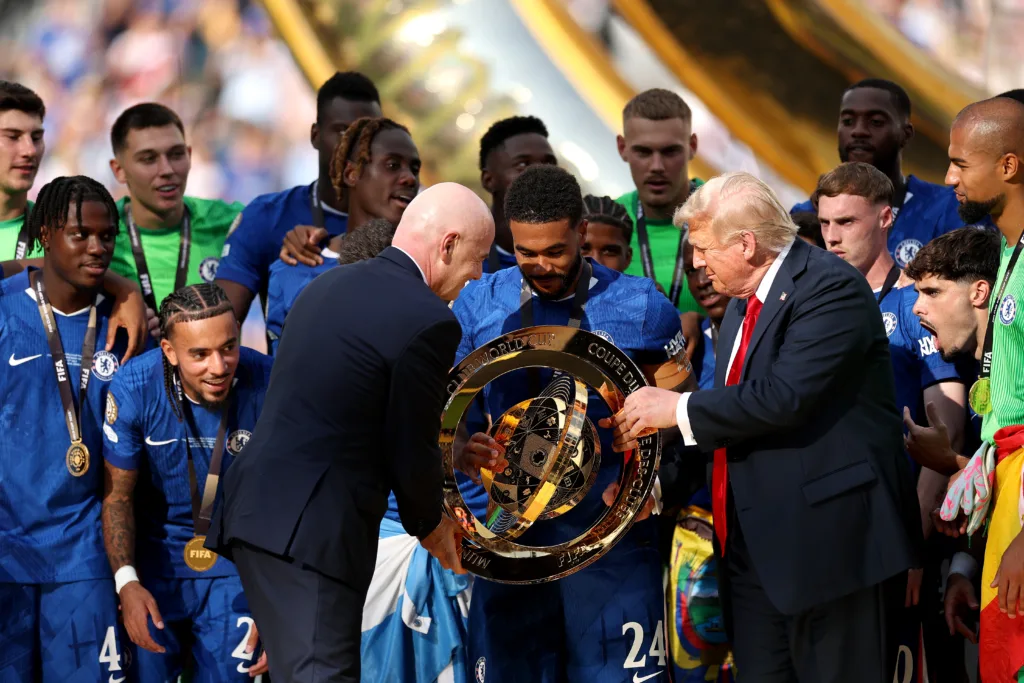
The boy from Cobham, forged at Wigan, and proven at Stamford Bridge, is lifting trophies with his boyhood club. This journey is what makes his captaincy so compelling. It wasn’t effortless, but it emerged in spite of all obstacles.
An Old Soul, A New Leader
The ascent of Reece James challenges the modern leadership myth that captains must be the healthiest or loudest voices. His story shows that leadership can be quiet, evolving, and internally forged.
For Chelsea, Reece James is both new and old, a true homegrown talent who leads with heart and embodies the very soul of the club. He wears the badge not as a symbol, but as a part of his very identity. He is the Terry archetype without the drama, the Lampard figure without the press conferences. He is Reece James: quiet, strong, scarred, and still rising.
His journey reminds us that not all captains wear capes or make it through the season unscathed. Some lead through scars, setbacks, and the silent resolve to return, again and again. And that, in the end, is what true leadership looks like.


